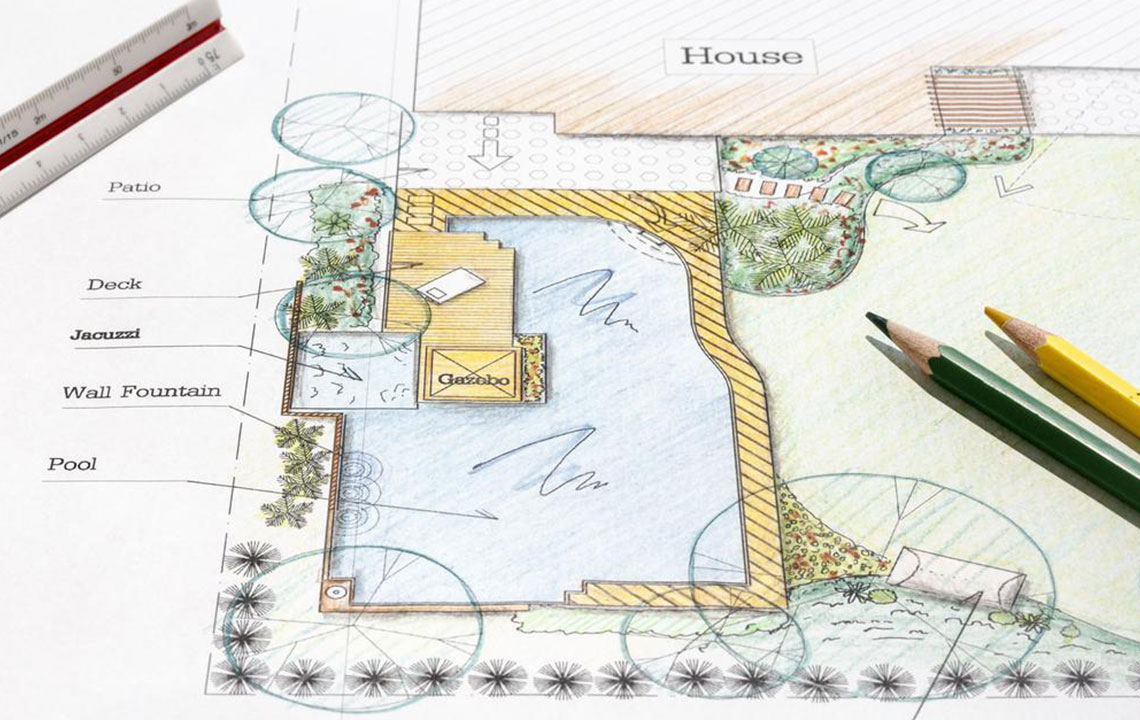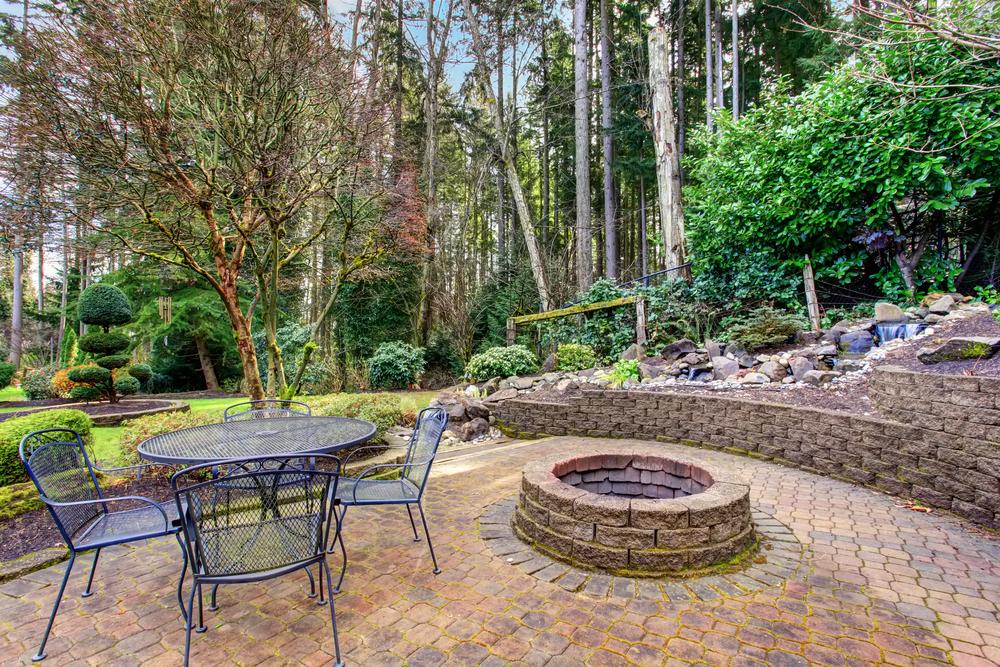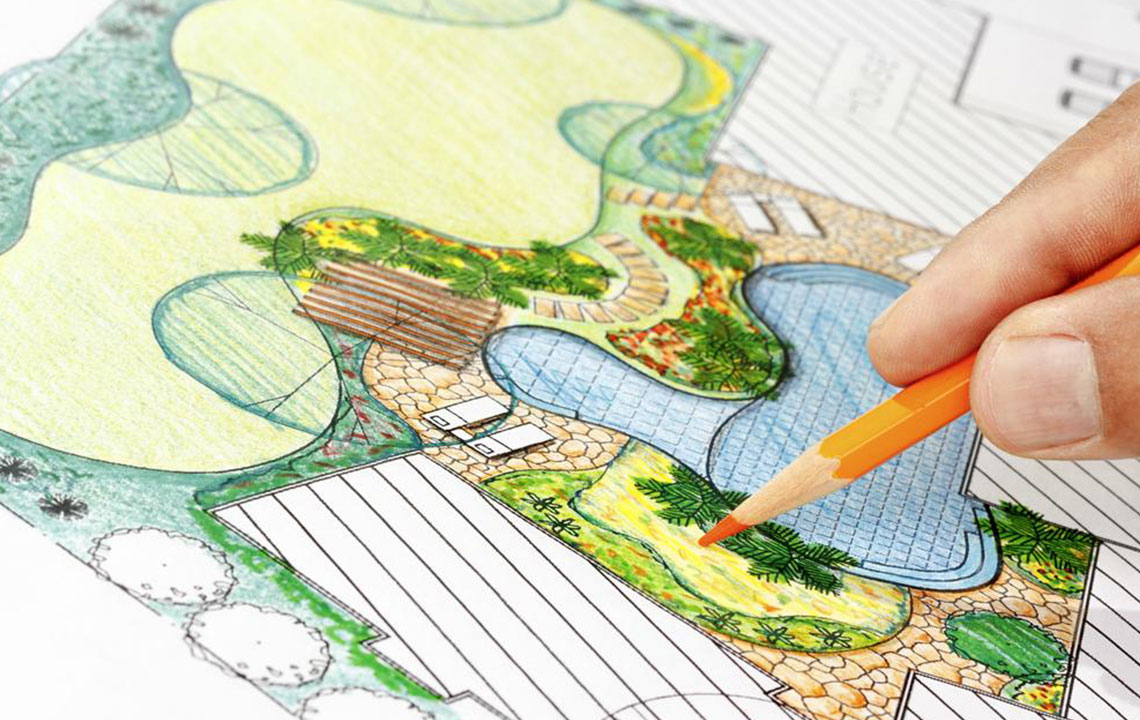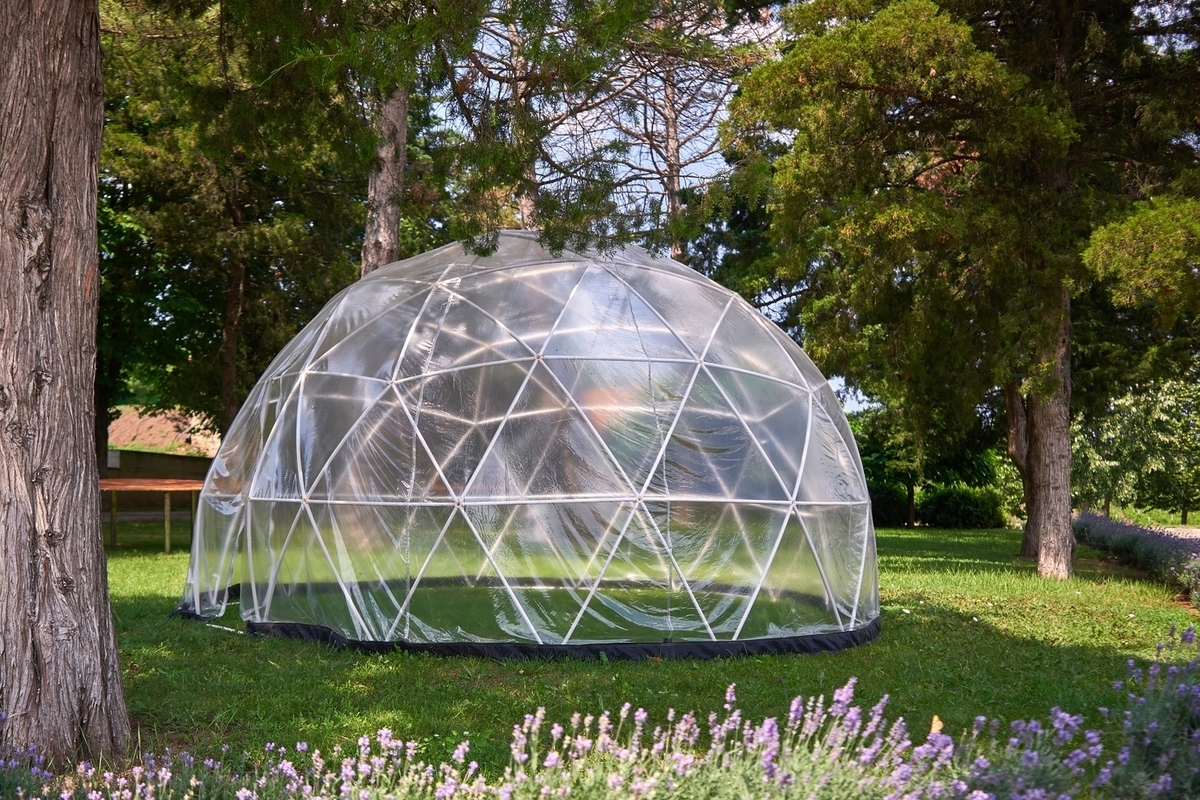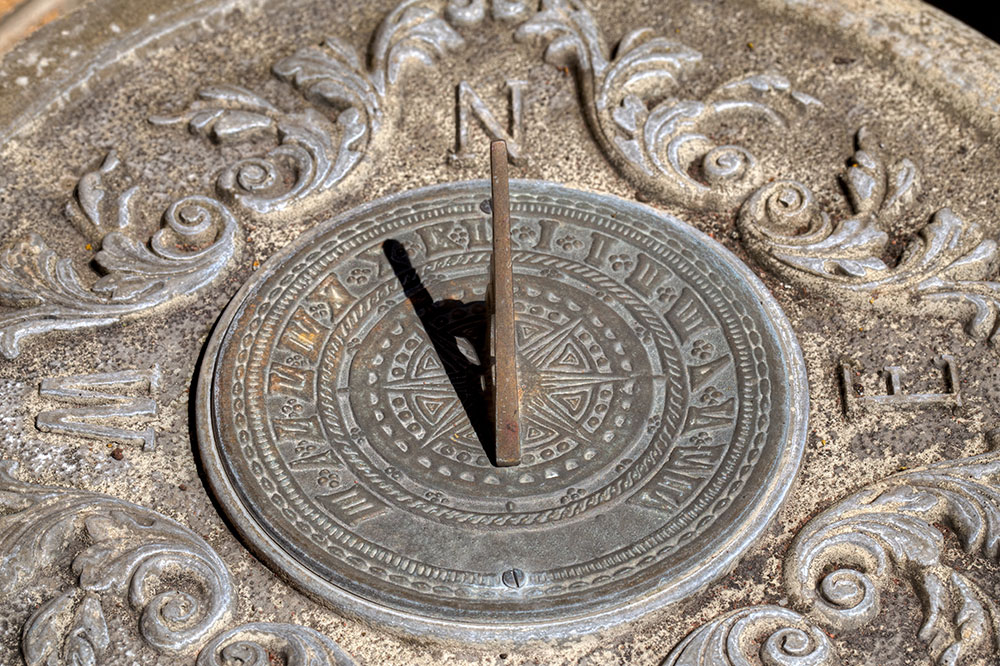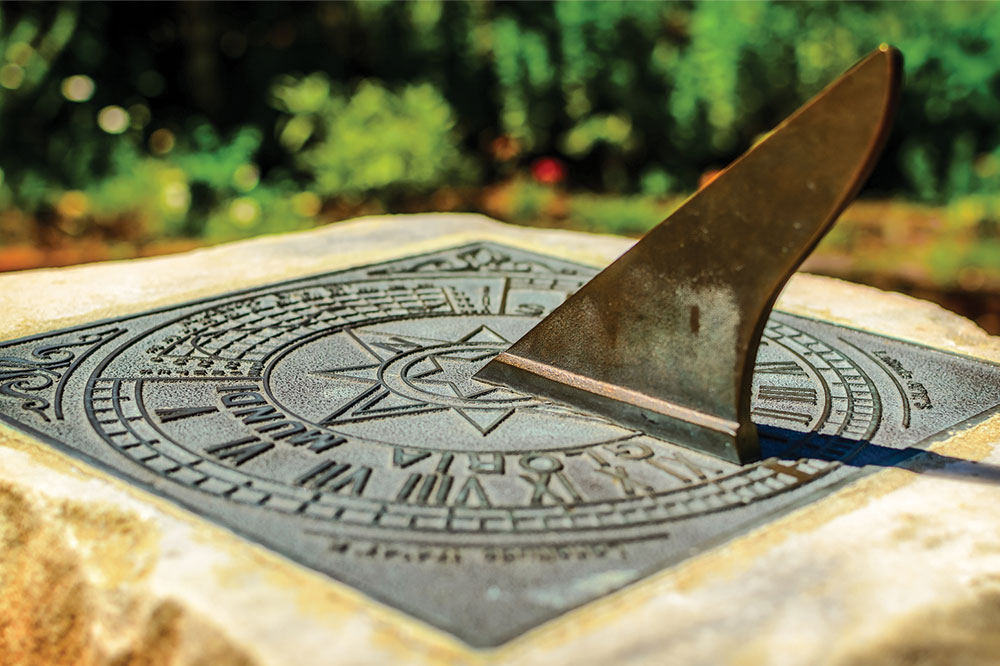Essential Steps for Proper Sundial Placement
Learn how to effectively position a sundial with this simple 3-step guide. Clear instructions on choosing the right location, aligning with true north using celestial cues, and considering environmental factors ensure your sundial functions accurately and lasts long. Whether installing on a garden wall or sloped roof, these tips help you achieve the perfect setup to enjoy timeless timekeeping.
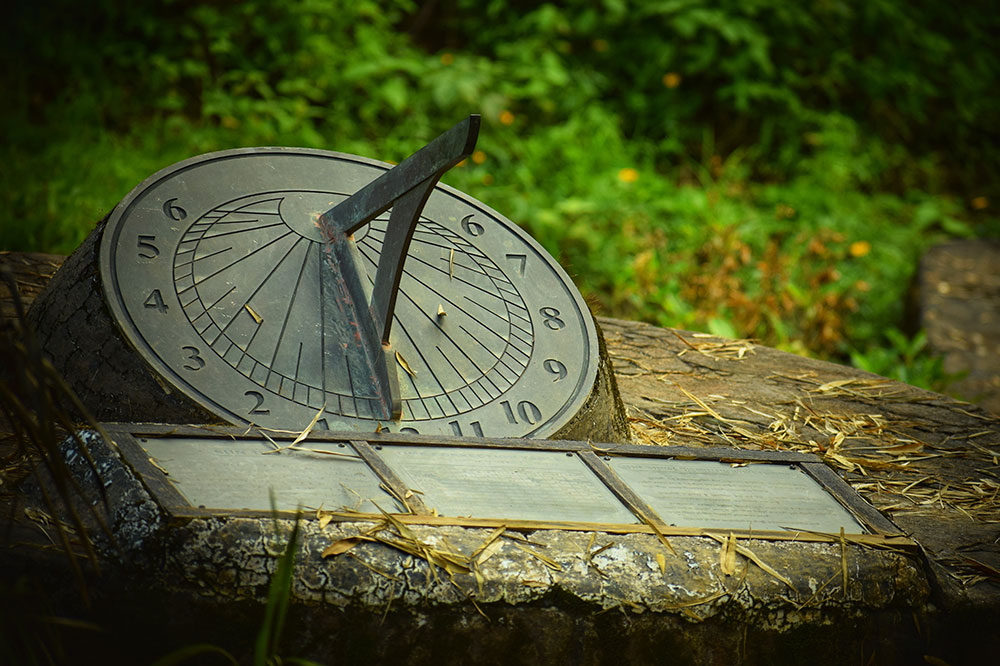
Essential Steps for Proper Sundial Placement
Installing a sundial can enhance your outdoor space, but correct positioning is key. While many assume a north-facing wall in the southern hemisphere is necessary, sundials have more flexible placement options. They are often aligned along cardinal points and can be installed at various angles. Read on to discover how to accurately position a sundial at your residence.
How to Position a Sundial
When choosing a spot for your unique sundial, pick a location with unobstructed sunlight. You can even mount it on a sloped roof to ensure visibility from afar.
Follow these steps for precise placement:
Step 1: Find a spot in your garden or yard that receives full sunlight. While the angle of the sundial affects accuracy, aligning it with true north ensures optimal precision.
Step 2: During a clear night, locate the North Star and align the sundial’s shadow-casting arm (gnomon) accordingly.
Step 3: If the North Star isn’t visible, set the sundial on dates when solar time matches clock time: April 15, June 15, September 1, or December 25, aligning the gnomon’s shadow to mark noon.
Some opt to use a compass to find magnetic north, but remember to account for magnetic declination to identify true north accurately.
Additional Considerations for Optimal Placement
Proper planning ensures your sundial’s longevity and effectiveness. Important factors include:
Visibility from your property or street
Continual sunlight exposure throughout the year
Ease of installation, particularly for large or heavy models
Avoiding obstruction from plants, trees, or neighboring structures
Protection from harsh weather conditions like winter storms or heavy rain
Safety considerations regarding the gnomon, especially if made of metal

